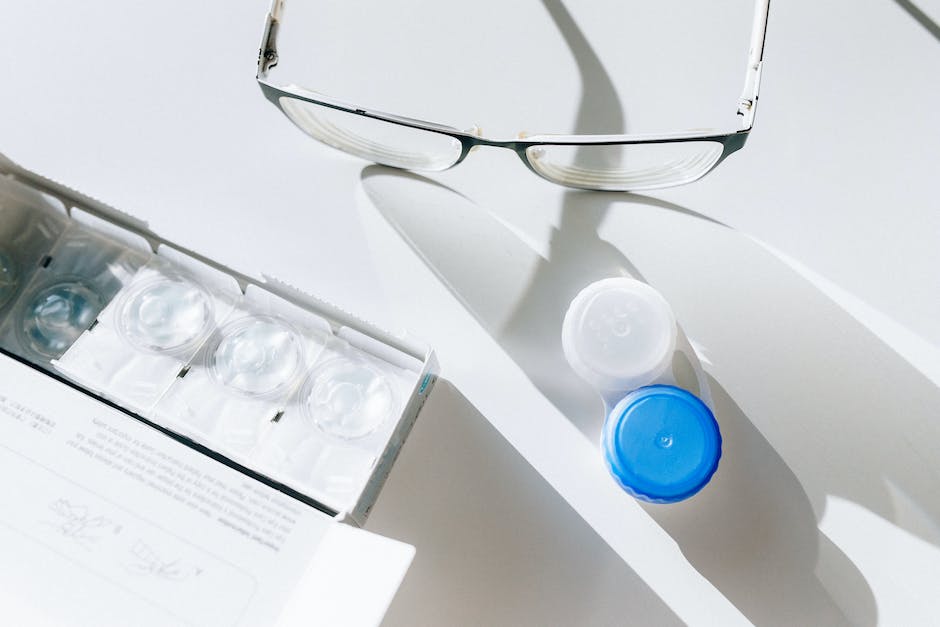Adjusting to Your New Contact Lens Base Curve
The base curve is significant in contact lenses as it refers to the fit of the lens. The base curve can vary from person to person, making it important for individuals to find the right fit for comfortable wear. The right base curve contributes to the lens’s effectiveness and wearer’s overall visual comfort and satisfaction. Importantly, an improper base curve can lead to discomfort, redness, and blurry vision.
Understanding how to comfortably adjust to a new base curve involves acknowledging the potential complications that may arise, such as discomfort or blurred vision, and knowing the right steps to resolve them. Keeping up with regular check-ups and aftercare measures is also crucial during this period of adjustment to safeguard long-term eye health.
Can you use contact solution as eye drops?
Understanding the Importance of the Base Curve
The base curve is a central aspect that determines the overall fit of your contact lenses. It is a measurement of the back surface’s curvature of the contact lenses, recorded in millimeters. The smaller the number, the steeper the curve and vice versa. This curve is measured in millimeters and is typically somewhere between 8.0 and 10.0 mm. The right base curve should adhere perfectly to your cornea, creating a perfect fit and optimized comfort.
Significance of the Base Curve in Contact Lens Fitting
The base curve plays a pivotal role in ensuring the comfortability and effectiveness of the contact lenses. A properly fitted base curve maintains an optimal fit by properly aligning the lens to the cornea’s curve. This alignment not only ensures comfort but also promotes healthy oxygen flow to the eye, mitigating the risks of infection or discomfort.
An ill-fitted base curve can lead to blurred vision, discomfort, and potentially damage the eye due to insufficient oxygen flow. Too steep a base curve might make the contact lens feel tight and could cause the lens to move less, leading to potential eye health issues. On the other hand, a too flat base curve may not provide clear vision and may cause the lens to move excessively, resulting in discomfort.
Adapting to a New Base Curve
Adapting to a new base curve can present challenges, particularly if the change is considerable. You might notice changes in how your lenses fit and feel in your eyes. The first few wears might induce a sense of discomfort or foreign body sensation, but your eyes will typically adjust to the new base curve.
It’s important to listen to your eye’s feedback during this adjustment period. Sustained discomfort, redness, or vision problems should never be neglected as these might be signs that the new base curve is not suitable for your eyes.
Base Curve Standards Across Brands
Different contact lens brands may have varying standards for base curves. While some brands may use a single universal base curve across their range of lenses, others may provide several base curve options. Furthermore, contact lenses made from different materials can also influence these standards since certain materials offer more flexibility.
Understanding these variations is essential to make an informed decision when switching to a different brand or lens type. As such, always consult with a healthcare professional or an optometrist before making such changes. They can provide critical guidance grounded on an in-depth understanding of your eye health and the characteristics of different lens brands.
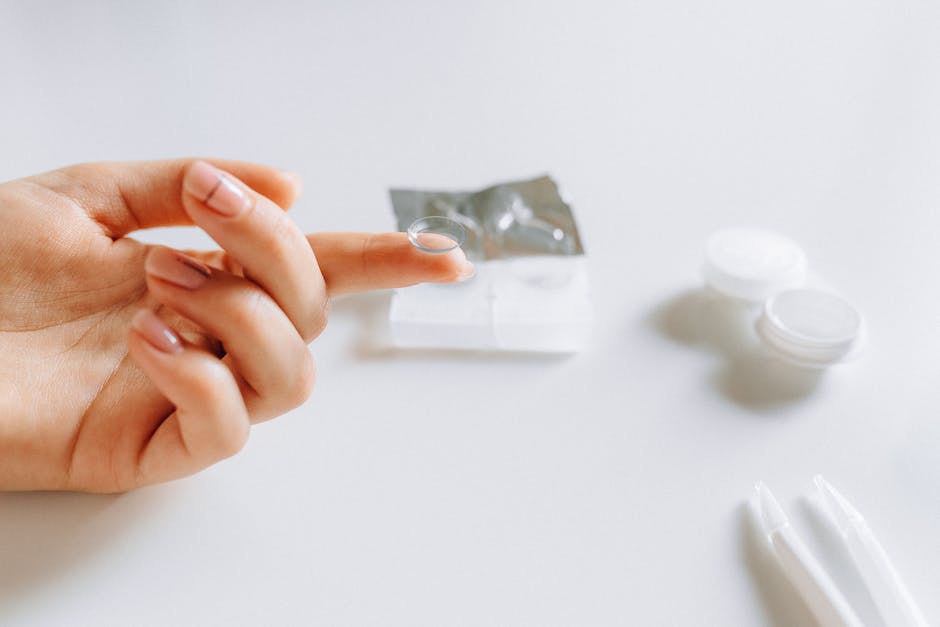
Strategies for Comfortable Adjustment
Gradual Adjustment to New Base Curve
It is essential to adjust gradually to a new base curve to avoid discomfort. Wearer’s are encouraged to wear the new lenses a few hours each day and gradually increase the time as the eyes become more comfortable with the lens. Begin with a 4-5 hour period, slowly extending to full-day wear over a week or two. This method prevents eye strain and promotes adaptation to the new base curve.
Ensuring Correct Lens Positioning
The positioning of the contact lenses is crucial for comfort and utility. They should be properly centered on the cornea, not decentered or skewed, as this can lead to vision issues or discomfort. An optometrist can confirm the correct positioning of the contact lenses through a professional fitting.
Regular Cleaning of Contact Lenses
Maintaining regular and proper cleaning of the lenses is pivotal, especially when adjusting to a new base curve. This can remove any irritants that may contribute to discomfort or an ill-fitting lens. Use the correct cleaning solutions recommended by your optometrist or lens manufacturer to ensure lens cleanliness and usability.
Lubrication Through Eye Drops
Employing the use of eye drops can help with the adjustment and overall comfort of shifting to a new base curve. Optometrist-approved lubricating eye drops can moisten the eye and reduce any sensation of dryness or irritation. It’s advised to incorporate the use of eye drops into the lens-wearing routine but always in moderation and as per the optometrist’s instruction.
Regular Eye Check-ups
Regular follow-ups with an optometrist can be extremely beneficial when adjusting to a new base curve. Regular checks can help to detect any issues early and make necessary adjustments, ensuring a smooth transition to the new base curve.
Taking Breaks and Giving Your Eyes A Rest
Remember to take regular breaks when wearing contact lenses. Resting the eyes can prevent strain and fatigue, especially when adjusting to a new lens base curve. Practice the 20-20-20 rule: every 20 minutes, look 20 feet away for 20 seconds. This rule can help keep your eyes refreshed and comfortable as you adapt to your new lenses.
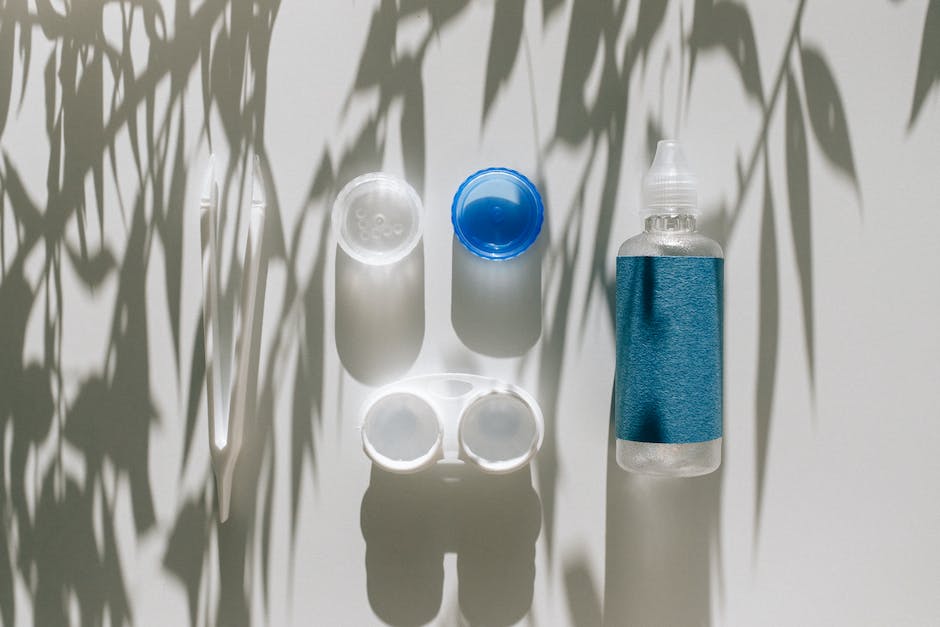
Easily Adjusting to Your New Contact Lens Base Curve
-Identifying and Addressing Issues
Identifying Issues with New Contact Lens Base Curve
When adjusting to a new contact lens base curve, there can potentially be some issues. These can include lens discomfort, blurry vision, redness, or excessive tearing. It is crucial to identify these symptoms early on to avoid further complications.
Addressing Discomfort with New Base Curve
If you experience discomfort with your new lenses, the first step in solving this issue is to ensure the lens has been inserted correctly. If discomfort persists after checking the lens positioning, it could be an issue with the compatibility of the lens base curve and your eye.
In this scenario, refrain from wearing the lenses and contact your eye care provider for further guidance. They may recommend trying another base curve or a different lens material. Never attempt to “power through” discomfort, as this can cause serious harm to your eyes.
Addressing Blurry Vision with a New Base Curve
Blurry vision can also be a result of a new contact lens base curve. If you experience blurred vision, first make sure the lens is clean and correctly inserted. Remove, clean, and reinsert your lenses. If your vision remains blurry, it could indicate that the lens fitting isn’t right for you. As with discomfort, it’s crucial to get in touch with your eye care provider for assistance.
Additional Guidelines
Keeping your eyes hydrated and maintaining good lens hygiene is key. Always wash your hands before handling your lenses and strictly follow the wear schedule provided by your eye care provider. Further, having regular eye exams and check-ups will ensure any adjustments in your prescription, including base curve, are detected early and addressed properly.
Remember to listen to your body. If your eyes are signaling that something is wrong via discomfort or vision changes, take them seriously and seek help from a professional. You don’t want to risk your eye health, your vision, or your comfort.
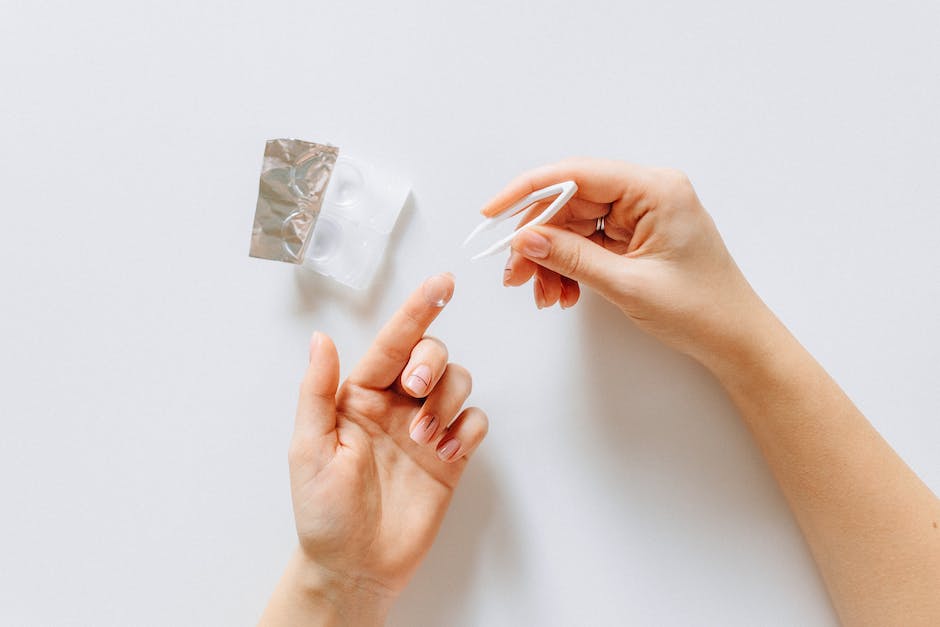
Consultation and Aftercare
Understanding the Importance of Follow-up Appointments
Adjusting to a new contact lens, specifically the base curve, is an intricate process that requires time, patience, and professional supervision. Follow-up appointments with your optometrist are crucial during your adjustment period. These appointments allow your optometrist to monitor your eye’s adjustment to the new contact lenses, and handle any potential issues. During these visits, the optometrist will assess your comfort, clarity of vision, wear time, and fit of the lenses. Changes in vision, fit, or comfort can indicate a need for alterations in lens design or strength.
Monitoring Your Eye Health During Adjustment
It’s essential for you, as a patient, to thoroughly monitor and report any changes you experience during this period. Symptoms such as eye discomfort, redness, excessive tearing, or alterations in vision could indicate an issue with lens fitting or a possible allergic reaction to lens materials. Alert your optometrist immediately if such symptoms occur. This is crucial for preventing potential eye health issues and for ensuring a successful adaptation to the new lens base curve.
In what circumstances is bitoric RGPs required
Aftercare for Long-term Comfort and Eye Health
Post adjustment period, taking care of your contact lenses ensures long-term comfort and optimal eye health. Always clean and disinfect your lenses using the solutions recommended by your optometrist. Avoid the use of tap water or saliva, as they contain bacteria that can cause serious eye infections.
Handling and Disposing Contact Lenses
Correct handling of your lenses also plays a major role. Always wash your hands thoroughly before inserting or removing your contact lenses, and make sure the lens is properly oriented before insertion. Don’t hesitate to discard a lens if it’s torn or if it becomes uncomfortable. Using a torn or uncomfortable lens could lead to eye irritation, infection, or a possible corneal abrasion.
Maintaining a Regular Check with your Optometrist
Despite your best care efforts, regularly scheduled appointments with your optometrist are important to maintain flawless eye health. These appointments can detect early signs of potential problems and take preventive actions before they worsen. Your optometrist will also check if a prescription update is required and can recommend lens care products suitable for your lenses and lifestyle. Consistent aftercare and follow-up visits will ensure you enjoy the best possible vision and comfort with your new contact lenses.
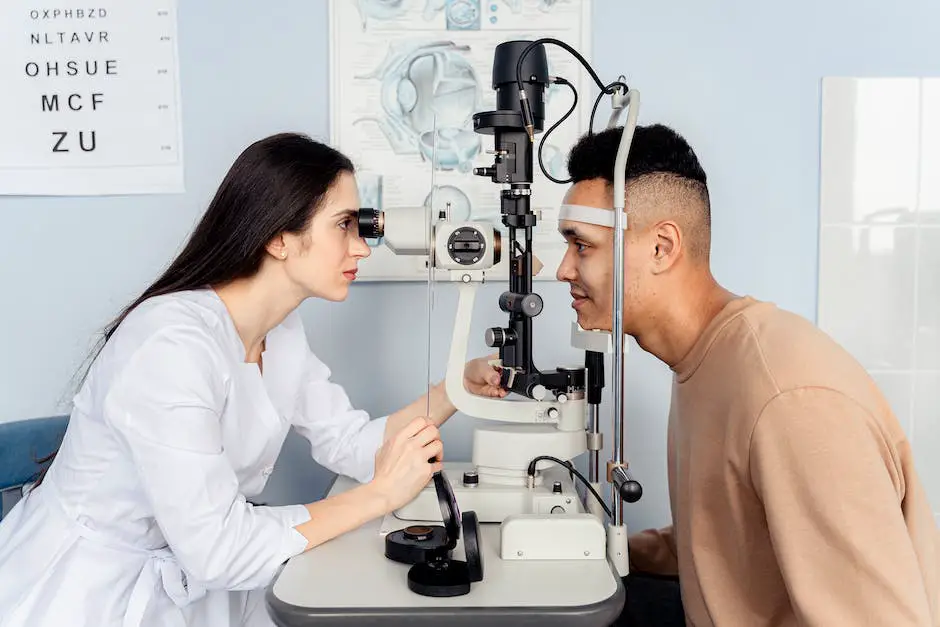
While change can be daunting at first, adapting to a new base curve for your contact lenses is less overwhelming when armed with the requisite knowledge and employing the right strategies, from initial adjustment to post-care routines.
Ensuring that your lenses are well-centered, using lubricating eye drops, and gradually increasing wear time are all part of a practical approach to comfortable adjustment. Recognizing and addressing any potential issues, be it discomfort or changes in vision, is equally important.
Besides these measures, never underestimate the importance of routine follow-ups with your optometrist, as this ensures any issues can be detected early and dealt with promptly. By attending to all these facets, you can ensure a smoother transition to your new contact lens base curve, leading to more comfort, better vision, and maintained eye health.
Follow us in Facebook for more articles.
